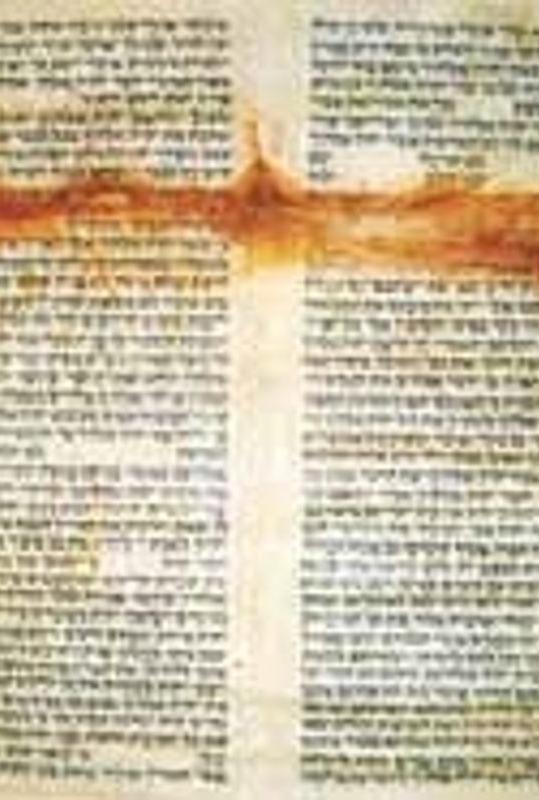The royal village of Wohyń was founded at the end of the 13th century. in the border areas, which had been disputed for centuries between the Crown and the Grand Duchy of Lithuania. Probably in 1519 or 1537., by virtue of a privilege from King Sigismund the Old, was granted Magdeburg city rights, along with a privilege to hold weekly markets and fairs on St. The company has been awarded the St. Michael's and St. Jędrzej. The monarch funded a wooden church dedicated to the Holy Cross. St. The parish was established at St. Anne's Church, where a parish was established.The city was located on the route, known as the "royal road," leading from Krakow to Vilnius, which promoted economic development. In the 17th century. It was destroyed several times (including during the Swedish invasion).In the second half of the 18th century. It passed into the hands of private owners.In 1870, Wohyń lost its municipal rights. In the 19th century., in addition to numerous stores and small craftsmen's workshops, there is a large brickyard.In 1907. A fire department was established, and in 1910. - modern mill. Until World War I, a brewery operated in nearby Bezwola.In the interwar period, Wohyń was an urban settlement with crafts, trade and services. It was inhabited mainly by Poles, Jews, Ukrainians and descendants of German settlers.In 1934. Another brick factory was established. September 9, 1939. Wohyń was bombed by the German air force - almost all the buildings in the area of the market square and in today's Pilsudski and Srednia Streets were burned down.Jews in Wohyń - Until 1918. - The first Jews probably appeared in Wohyń in the early 16th century. Although it was not until the end of the century that they received an official settlement privilege, as early as 1566. Two Jewish families lived here.In the 17th century. The first synagogue was built and a cemetery was established. The second cemetery was delineated in the early 19th century. Outside the boundaries of the city at that time, on the former Parczew road.In the 19th century. The local municipality grew rapidly in terms of demographics. In 1881. In a fire in the city, many buildings belonging to Jews burned down, including the synagogue, but it was soon rebuilt.Interwar period - Based on records from the late 1920s, it can be concluded that at approx. The 90 stores and crafts establishments operating in Wohyń, 74 (more than 80%) belonged to Jewish owners.There were a dozen Jewish grocery stores, textile and metal stores and a beer store. Under the community's supervision were a synagogue, two beit ha-midrash, and two cemeteries - an old one (excluded from use) and a new one. The greatest support in the local community came from various factions of the Zionist party, several youth organizations were in operation, and there was a Jewish Library named after the founder of the Zionist Party. Sholem Aleichem.Holocaust - A labor camp for Jews operated in the nearby village of Starowieś between 1940 and 1942. About 1,000 Jews from Wohynia and surrounding villages passed through it.The prisoners worked at regulating the Białka River and digging drainage ditches. The camp was liquidated in the fall of 1942. - Many people were shot on the spot, the rest were transported to other camps.In August 1942, the Germans resettled about 800 Wohyń Jews to the ghetto in Parczew. They remained in October and December 1942. were deported to the ghetto in Miedzyrzec Podlaski. Along with the residents of these ghettos, they all perished in the Treblinka death camp in December of that year.After the war - six surviving Jews returned to the settlement - they were probably murdered by members of the Polish underground. .
1. Wohyń - Centrum miejscowości
Stories
Wohyń - center of the village
Jewish History Tours

Powered by Clio Muse Tours
Powered by Clio Muse Tours
